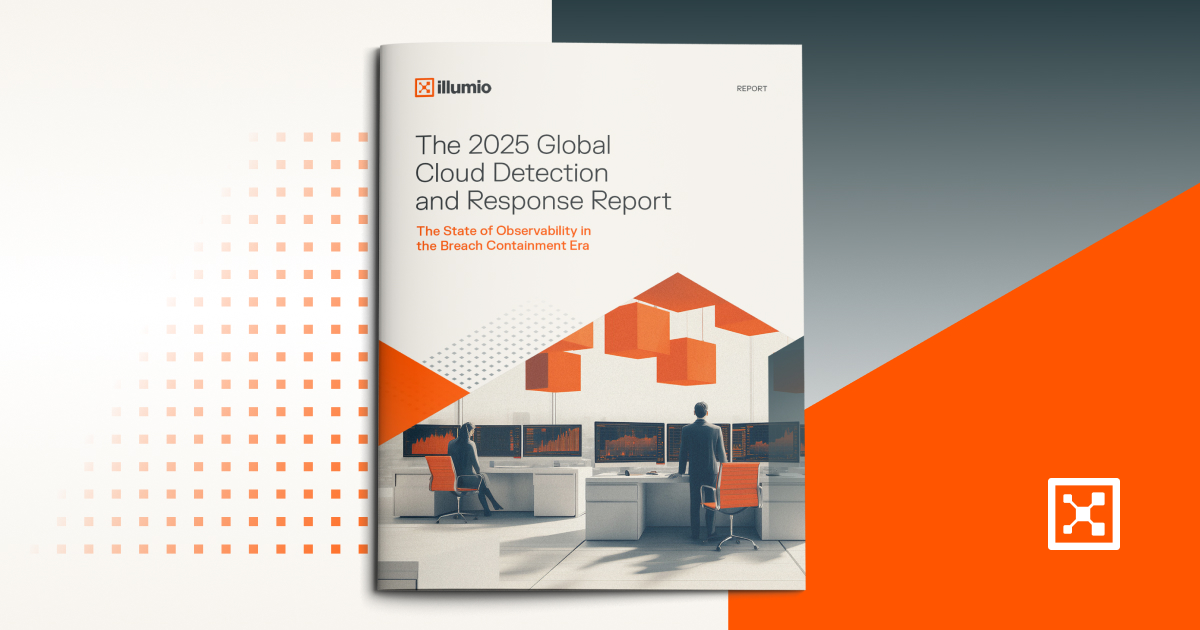For Zero Trust Security, AI-Driven Context Always Beats AI-Generated Alerts
When I first read about last week’s ransomware attack on one of the largest dialysis providers in the U.S., my immediate reaction wasn’t technical — it was human.
Patients had their life-saving treatments delayed. Clinic operations halted. Critical data was encrypted. And the ripple effects of the attack stretched across multiple states.
And as more details emerged, something else became clear: this wasn’t an unknown threat actor exploiting a never-before-seen vulnerability. This was another case of lateral movement — attackers quietly progressing, undetected, through systems that were likely being monitored.
Ransomware attacks are inevitable, and the organization likely had visibility and security tools. But what they didn’t have was clarity into their network’s risk.
That’s the hard truth we’re facing in cybersecurity today. Seeing risk isn’t the same as understanding it. And in high-stakes environments — whether it’s healthcare, critical infrastructure, or finance — that difference can be measured in lives, not just data.
Why context is the real power of AI in cybersecurity
AI is everywhere in cybersecurity conversations right now. But let’s not confuse noise with signal.
If your AI is just accelerating alert fatigue, it’s not helping.
Security teams don’t need more alerts. They need smarter ones. They need clarity, prioritization, and, most importantly, context.
That’s why organizations must shift from reacting to alerts to understanding the meaning behind them. In other words, it's not just knowing something happened. It's about understanding why it matters, how it happened, and what you need to do to stop it.
And when your cyber defense is powered by an AI security graph, you get the full picture — not just what’s happening, but where it’s happening, why, and how it connects to the rest of your environment.
From understanding risk to containing it
The ultimate goal isn’t just to see threats. It’s to contain them immediately and automatically.
That’s where segmentation comes in. With a security graph surfacing, prioritizing risk, and contextualizing the threat, you can dynamically enforce segmentation to isolate high-risk communications, stop lateral movement, and contain the breach.
This isn’t segmentation as a one-time setup. It’s segmentation as continuous breach containment — a living, evolving layer of defense that adjusts in real time to how your environment behaves and how attackers move.
That’s how you turn Zero Trust into action. You don’t just reduce risk. You actively control it.
Zero Trust is a mindset — and context makes it actionable
Zero Trust is about questioning every connection, every access request, and every dependency, every time. But to enforce Zero Trust effectively, you need real-time context to know whether behavior aligns with intent.
That’s where observability, powered by AI and driven by the security graph, becomes mission-critical.
Observability validates assumptions, surfaces deviations, and gives you the intelligence to adapt your policies based on what’s actually happening, not what you think should be happening.
The future of Zero Trust is context
We’re at a turning point in the cybersecurity industry. AI is changing what’s possible for both attackers and defenders.
But if we want to stay ahead, we need to use AI to better understand the current state of our environments. That’s the heart of Zero Trust: making security decisions based solely on the real-time context of every user, device, and workload.
It’s not just the future — it’s what Zero Trust has always been about, contextual, dynamic, and designed to protect what matters most before it’s too late.


